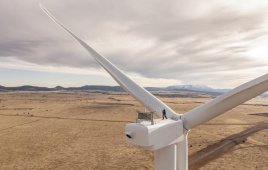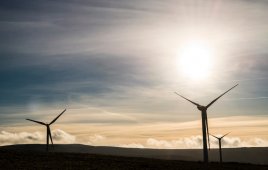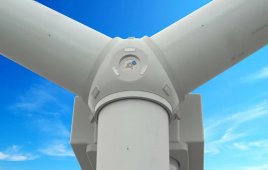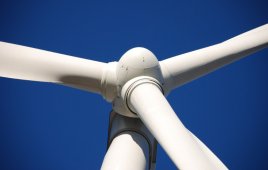
Gaelectric's idea is to use excess power from wind turbines to run compressors and store air in underground caverns. The air would be heated and run through turbines to generat power during peak periods.
One nagging problem with electrical power is that excess quantities of it generated during low demand periods can’t be stored without huge and costly batteries. But electricity can be stored indirectly through pumped hydro storage and compressed air. The Ireland based engineering firm Gaelectric thinks it has a solution in compressed air energy storage (CAES). It refers to the compression of air for later use in periods of higher demand.
When clean renewable energy available from wind is combined with CAES, the system can captured energy at night and off-peak by compressing air into deep underground caverns. These can be either in rock structures that offer suitable permeability and porosity or salt caverns. During the day when demand increases, the compressed air is brought to the surface and heated with clean natural gas to generate peak-time electricity.
Underground energy storage is regarded as being extremely safe. What’s more, other off-peak electric sources can use compressed air to store power.
Until now, wind energy was only available when the wind blew. At the CAES plant, a significant proportion of stored energy will come from wind turbines. In the CAES cycle, compression and combustion are separate processes, resulting in a lower environmental impact, about one third of a conventional natural gas-fired plant, says the company.
Filed Under: Turbines




